- Joined
- Jul 25, 2008
- Messages
- 13,777
- Points
- 113
The findings from the study will be used to support the push for a population of 10 million, with many working and living underground.
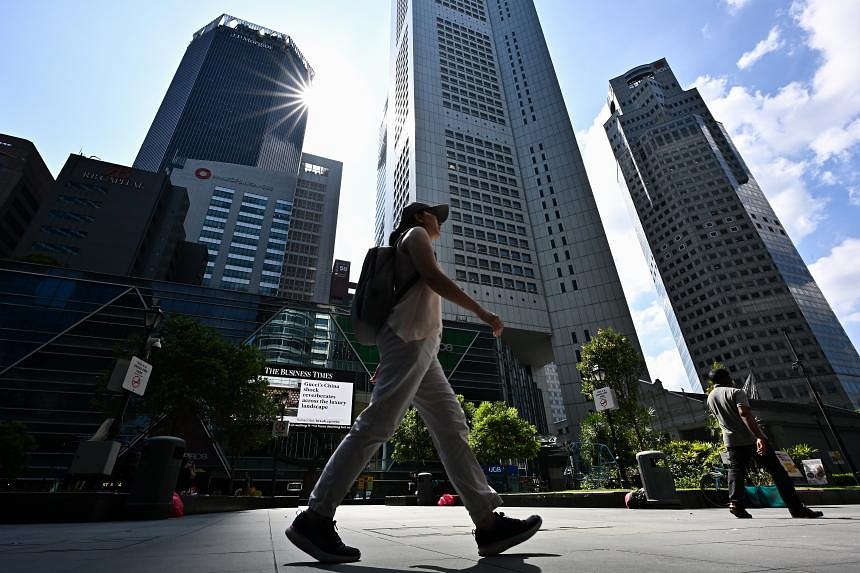
The study will examine factors such as urban design features, density and human behaviours. PHOTO: ST FILE

Ng Keng Gene
Correspondent
Jun 04, 2024
SINGAPORE – The Agency for Science, Technology and Research (A*Star) will study over three years the impact of the urban environment on mental health, said Deputy Prime Minister Heng Swee Keat on June 3.
The study will examine factors such as urban design features, density and human behaviours, Mr Heng said at the opening plenary of the World Cities Summit 2024, held at Suntec Singapore Convention and Exhibition Centre.
Mr Heng, who is chairman of the National Research Foundation Board, said insights from the study will “serve to better inform the way we rejuvenate, reinvent and reimagine our city-state”.
The A*Star study, which costs $1 million and was commissioned by the Urban Redevelopment Authority and the Housing Board, will be funded by the Government’s $28 billion Research, Innovation and Enterprise 2025 plan.
The five-year plan was launched in December 2020 with an initial sum of $25 billion.
The mental health study was awarded to A*Star in May 2024, and will be carried out by the agency’s Singapore Institute for Clinical Sciences.
The Ministry of National Development (MND) said the study will devise a data-driven method to assess how different aspects of the built environment affect the mental well-being of the general population.
Given Singapore’s highly built-up environment, said MND, the country “offers a unique opportunity to conduct mental health research”.
“Current research in our local context has primarily focused on the impact of our built environment on physical well-being, and the benefits of greenery on mental well-being,” MND added.
“This project aims to expand this knowledge by investigating other aspects of the built environment more holistically, and their impacts on mental well-being.”
As part of the study, a list of indicators that link the built environment to mental well-being will be developed.
MND said that these indicators could help urban planners understand how factors such as the provision of facilities, land use configuration, and the intensity of development on a piece of land may affect mental well-being.
Researchers plan to validate the study’s findings against four ongoing Singapore cohort studies: Growing Up In Singapore Towards Healthy Outcomes, Singapore Preconception Study Of Long-Term Maternal And Child Outcomes, Singapore Longitudinal Early Developmental Study and Mapping Antenatal Maternal Stress.
MND said that the four studies have collected extensive data from study participants using validated questionnaires, including mental well-being indicators.
The ministry added that findings from the new study will inform how the authorities plan, design and prioritise built environment interventions to enable a healthier and more liveable environment.
The three-day World Cities Summit, held every two years in Singapore, ends on June 4.
It gathers city leaders, industry experts and others who work on urban environments, and the 2024 edition has delegates from more than 90 cities around the world.
Among its highlights was the Mayors Forum, chaired by National Development Minister Desmond Lee on June 2.
Speaking at the summit’s opening plenary on June 3, Mr Lee announced an updated Singapore Liveability Framework – a set of principles and systems that guide city planners and policymakers.
The upgraded framework is captured in a new e-publication, Building Liveable And Sustainable Cities: A Framework For The Future, which can be downloaded at go.gov.sg/clcbook-liveableframework2024. It has a new emphasis on “collaborative ecosystems”.
Such systems involve the public, the private sector and the Government, recognising that citizens have a part to play in policymaking, and in the governance of cities.
One prime example of such collaboration, said the publication, is the Forward Singapore exercise, a nationwide engagement with Singaporeans to refresh the country’s social compact and develop the national agenda for a new generation.
A series of memorandums of understanding (MOUs) will be signed during the summit.
The Singapore Land Authority (SLA) and the Singapore Management University (SMU) signed an MOU on June 3.
SLA said that its geospatial information – referring to data associated with a particular location such as aerial images and street maps – will be used in the Cooling Singapore 2.0 research project, which SMU co-leads.

DPM Heng Swee Keat (centre) touring the booths at the World Cities Summit on June 3. He said the study will “serve to better inform the way we rejuvenate, reinvent and reimagine our city-state”. PHOTO: LIANHE ZAOBAO
Among the project’s products is a Digital Urban Climate Twin of Singapore that will explore the heat effects of buildings, transport and industry.
SLA said its data, and the digital twin, will aid policymakers in Singapore in assessing effective climate adaptation solutions that can enhance the city’s climate resilience.
During a panel discussion on leveraging geospatial data to improve citizens’ quality of life, Mr Vincent Karremans, vice-mayor of Rotterdam in the Netherlands, said such data has helped his city to prioritise investments in climate adaptation.
“Due to this geospatial technology, we know exactly which neighbourhoods, which streets – even portions of streets – are the most vulnerable to heatwaves or heavy rainfall because we can put that all into a model,” he said.
“It is an instrument to determine where to invest in a city, where to put more green infrastructure, and where to expand our sewer system.”
A*Star to study impact of urban environment on mental health over three years

The study will examine factors such as urban design features, density and human behaviours. PHOTO: ST FILE

Ng Keng Gene
Correspondent
Jun 04, 2024
SINGAPORE – The Agency for Science, Technology and Research (A*Star) will study over three years the impact of the urban environment on mental health, said Deputy Prime Minister Heng Swee Keat on June 3.
The study will examine factors such as urban design features, density and human behaviours, Mr Heng said at the opening plenary of the World Cities Summit 2024, held at Suntec Singapore Convention and Exhibition Centre.
Mr Heng, who is chairman of the National Research Foundation Board, said insights from the study will “serve to better inform the way we rejuvenate, reinvent and reimagine our city-state”.
The A*Star study, which costs $1 million and was commissioned by the Urban Redevelopment Authority and the Housing Board, will be funded by the Government’s $28 billion Research, Innovation and Enterprise 2025 plan.
The five-year plan was launched in December 2020 with an initial sum of $25 billion.
The mental health study was awarded to A*Star in May 2024, and will be carried out by the agency’s Singapore Institute for Clinical Sciences.
The Ministry of National Development (MND) said the study will devise a data-driven method to assess how different aspects of the built environment affect the mental well-being of the general population.
Given Singapore’s highly built-up environment, said MND, the country “offers a unique opportunity to conduct mental health research”.
“Current research in our local context has primarily focused on the impact of our built environment on physical well-being, and the benefits of greenery on mental well-being,” MND added.
“This project aims to expand this knowledge by investigating other aspects of the built environment more holistically, and their impacts on mental well-being.”
As part of the study, a list of indicators that link the built environment to mental well-being will be developed.
MND said that these indicators could help urban planners understand how factors such as the provision of facilities, land use configuration, and the intensity of development on a piece of land may affect mental well-being.
Researchers plan to validate the study’s findings against four ongoing Singapore cohort studies: Growing Up In Singapore Towards Healthy Outcomes, Singapore Preconception Study Of Long-Term Maternal And Child Outcomes, Singapore Longitudinal Early Developmental Study and Mapping Antenatal Maternal Stress.
MND said that the four studies have collected extensive data from study participants using validated questionnaires, including mental well-being indicators.
The ministry added that findings from the new study will inform how the authorities plan, design and prioritise built environment interventions to enable a healthier and more liveable environment.
The three-day World Cities Summit, held every two years in Singapore, ends on June 4.
It gathers city leaders, industry experts and others who work on urban environments, and the 2024 edition has delegates from more than 90 cities around the world.
Among its highlights was the Mayors Forum, chaired by National Development Minister Desmond Lee on June 2.
Speaking at the summit’s opening plenary on June 3, Mr Lee announced an updated Singapore Liveability Framework – a set of principles and systems that guide city planners and policymakers.
The upgraded framework is captured in a new e-publication, Building Liveable And Sustainable Cities: A Framework For The Future, which can be downloaded at go.gov.sg/clcbook-liveableframework2024. It has a new emphasis on “collaborative ecosystems”.
Such systems involve the public, the private sector and the Government, recognising that citizens have a part to play in policymaking, and in the governance of cities.
One prime example of such collaboration, said the publication, is the Forward Singapore exercise, a nationwide engagement with Singaporeans to refresh the country’s social compact and develop the national agenda for a new generation.
A series of memorandums of understanding (MOUs) will be signed during the summit.
The Singapore Land Authority (SLA) and the Singapore Management University (SMU) signed an MOU on June 3.
SLA said that its geospatial information – referring to data associated with a particular location such as aerial images and street maps – will be used in the Cooling Singapore 2.0 research project, which SMU co-leads.

DPM Heng Swee Keat (centre) touring the booths at the World Cities Summit on June 3. He said the study will “serve to better inform the way we rejuvenate, reinvent and reimagine our city-state”. PHOTO: LIANHE ZAOBAO
Among the project’s products is a Digital Urban Climate Twin of Singapore that will explore the heat effects of buildings, transport and industry.
SLA said its data, and the digital twin, will aid policymakers in Singapore in assessing effective climate adaptation solutions that can enhance the city’s climate resilience.
During a panel discussion on leveraging geospatial data to improve citizens’ quality of life, Mr Vincent Karremans, vice-mayor of Rotterdam in the Netherlands, said such data has helped his city to prioritise investments in climate adaptation.
“Due to this geospatial technology, we know exactly which neighbourhoods, which streets – even portions of streets – are the most vulnerable to heatwaves or heavy rainfall because we can put that all into a model,” he said.
“It is an instrument to determine where to invest in a city, where to put more green infrastructure, and where to expand our sewer system.”







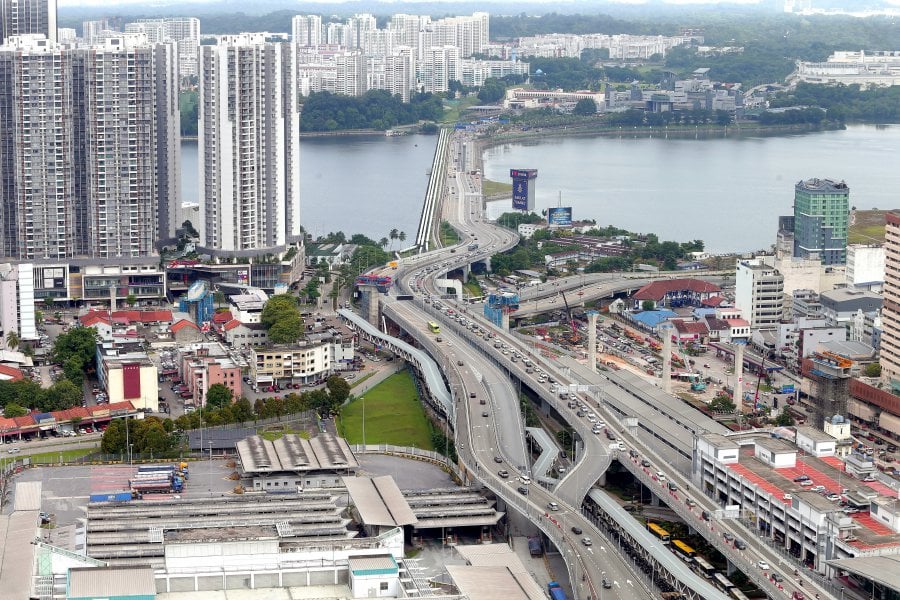






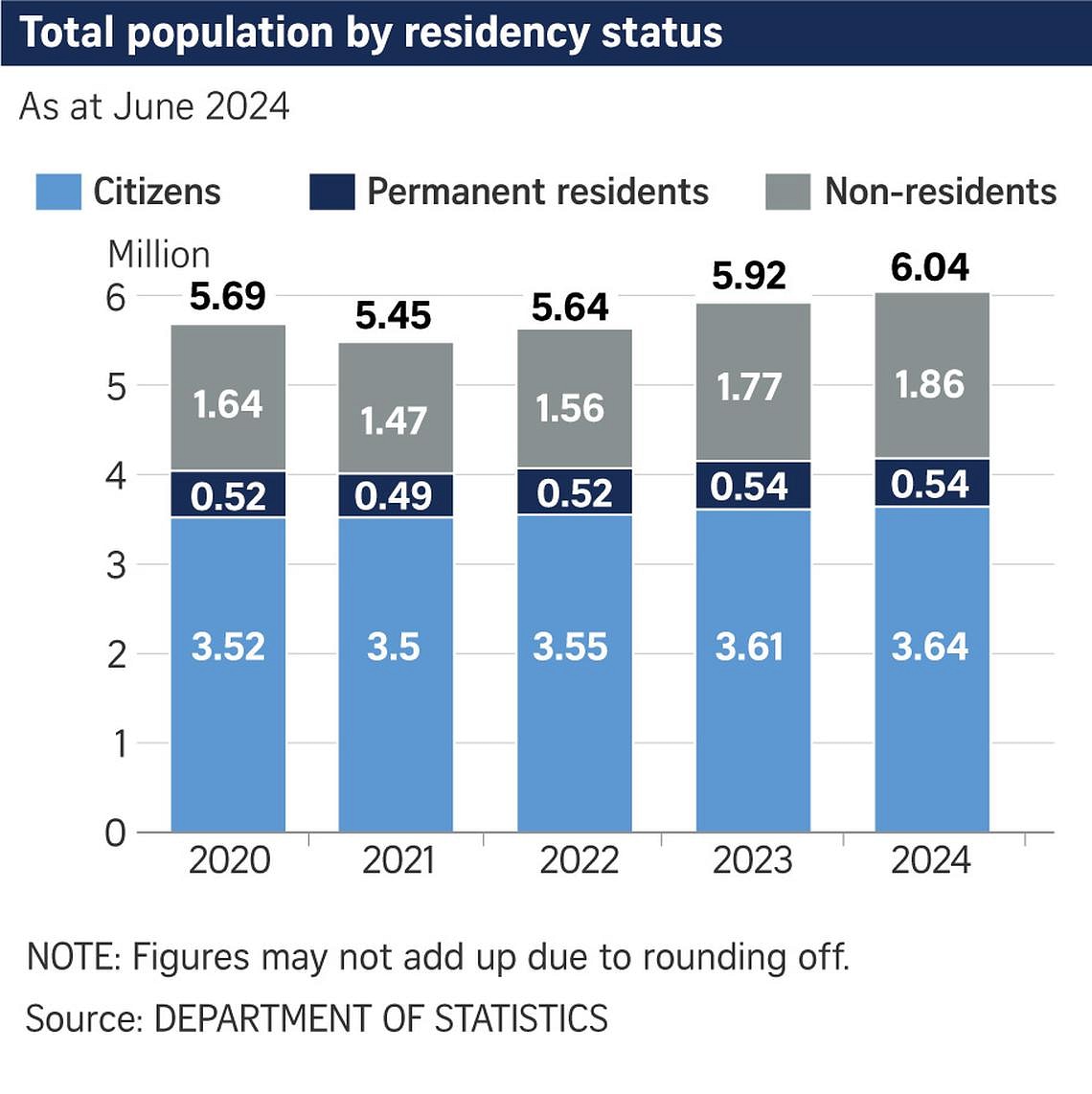
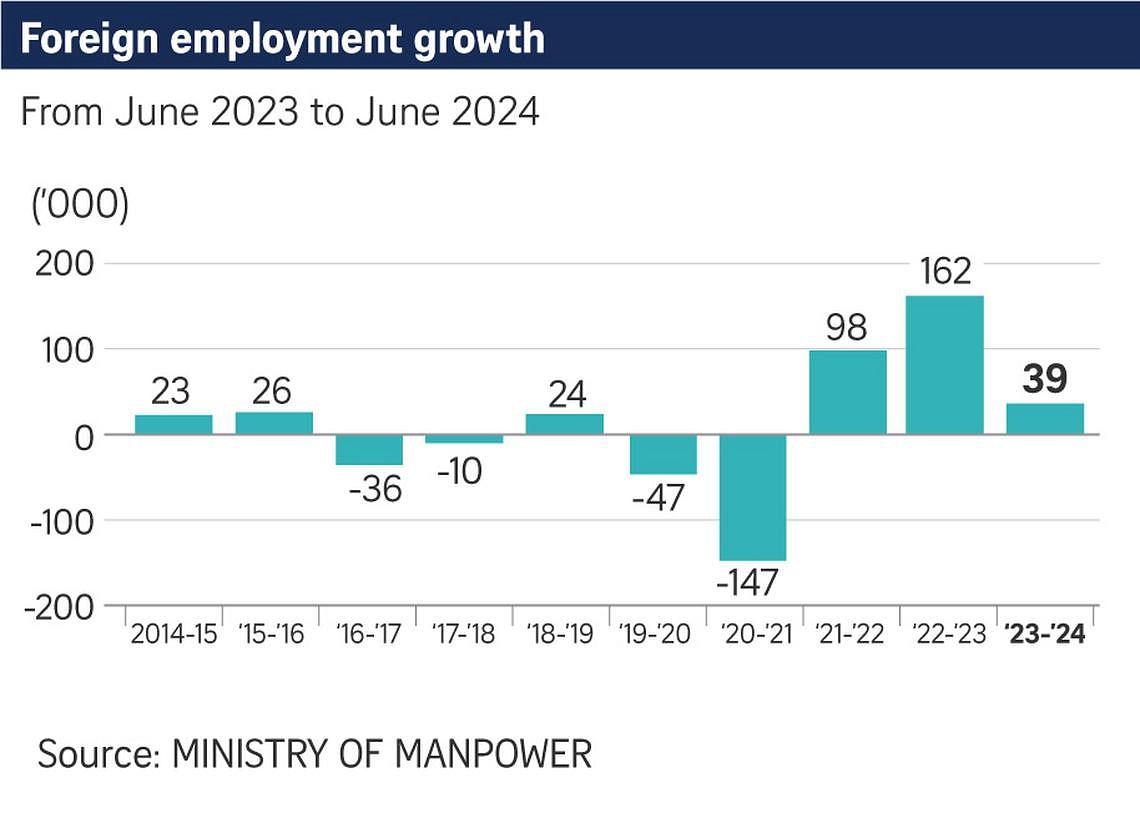
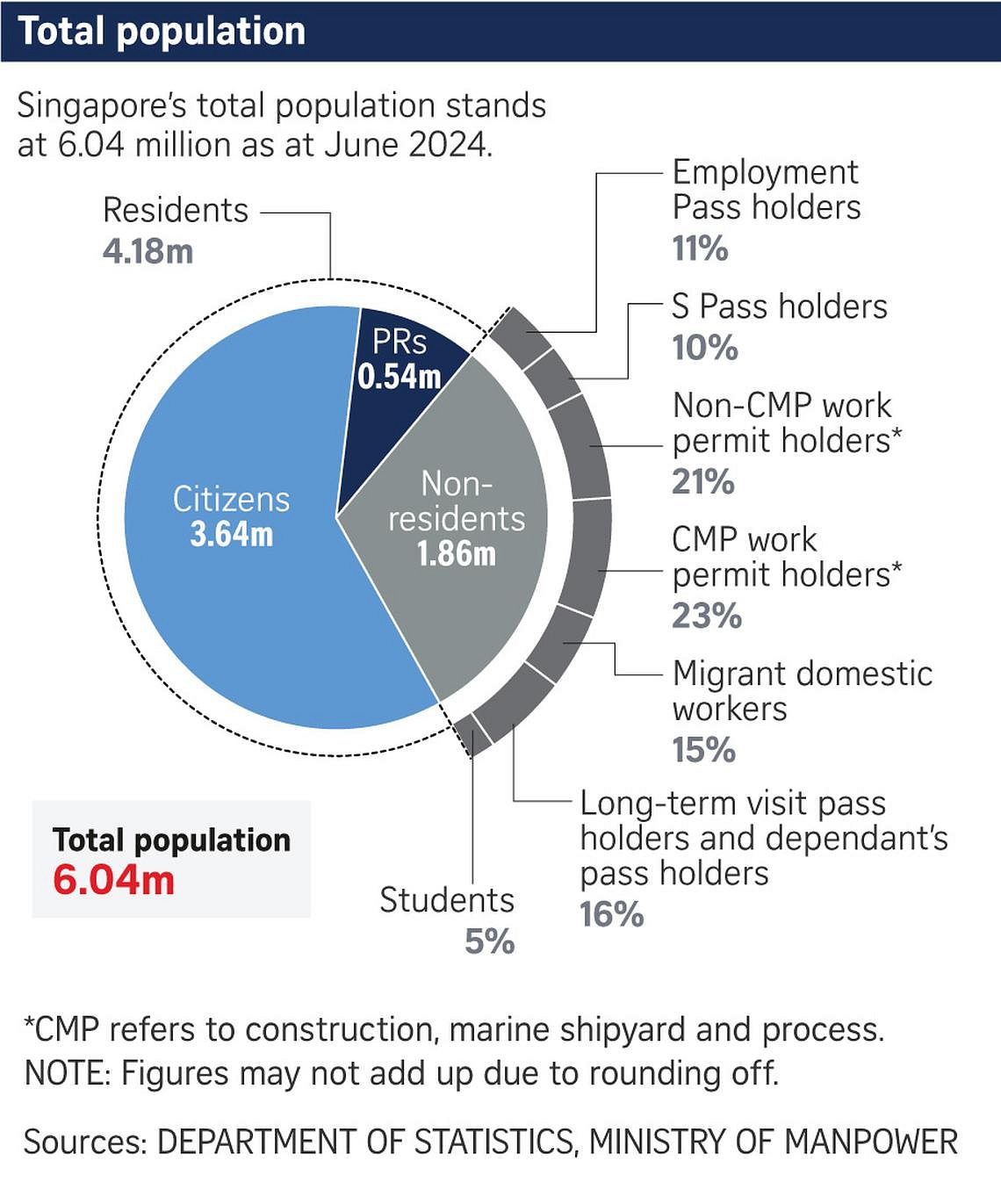
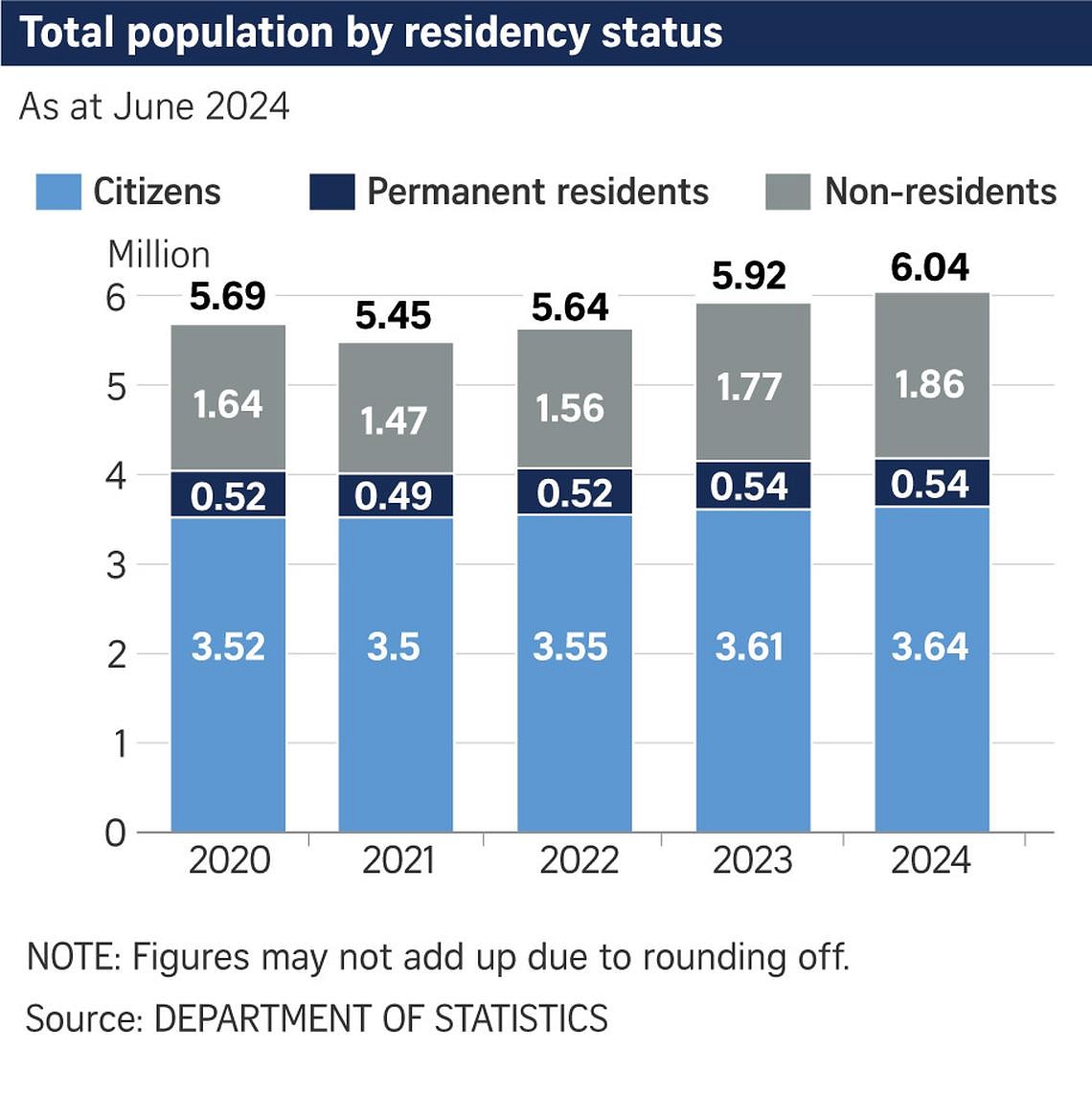
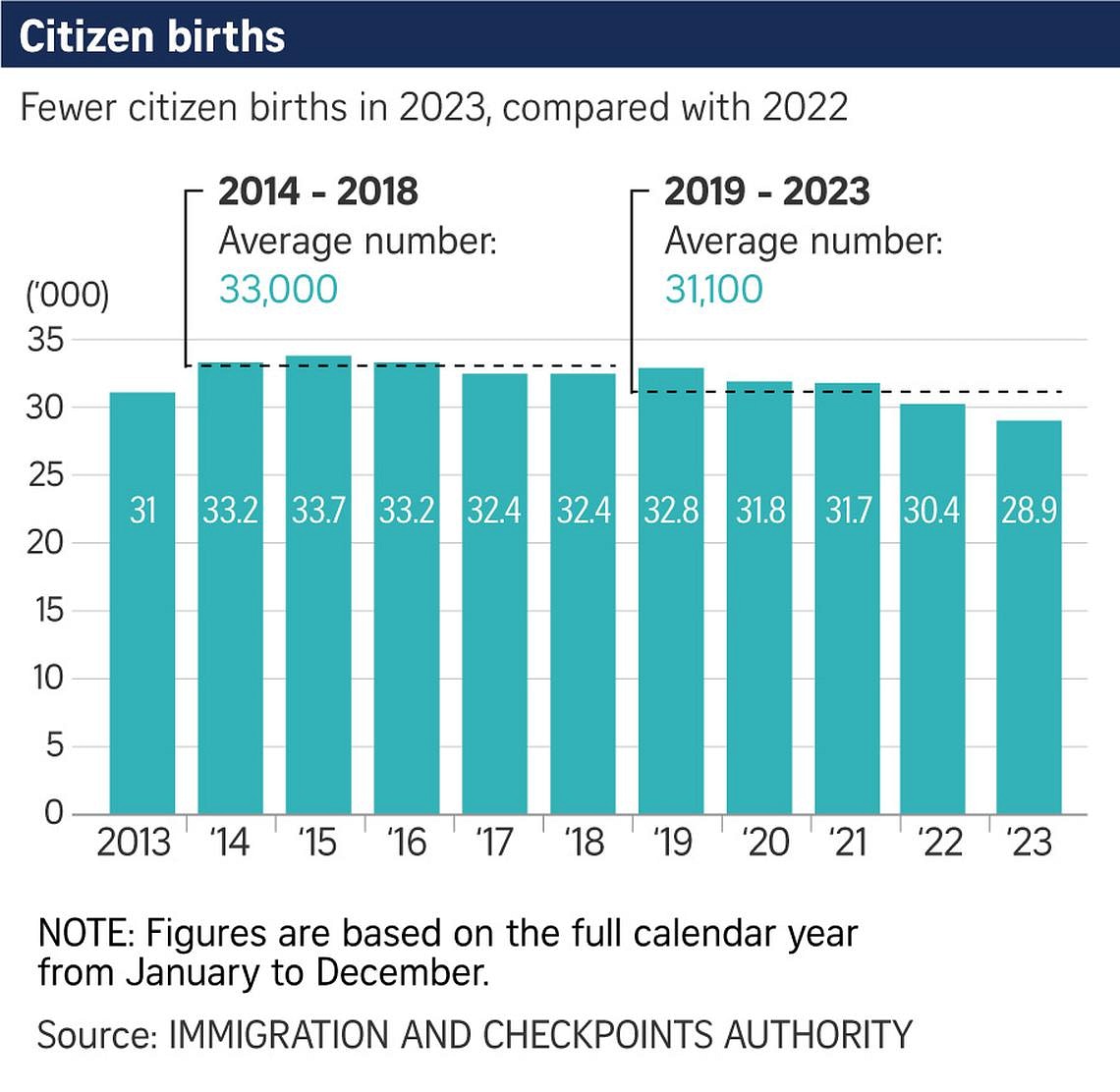
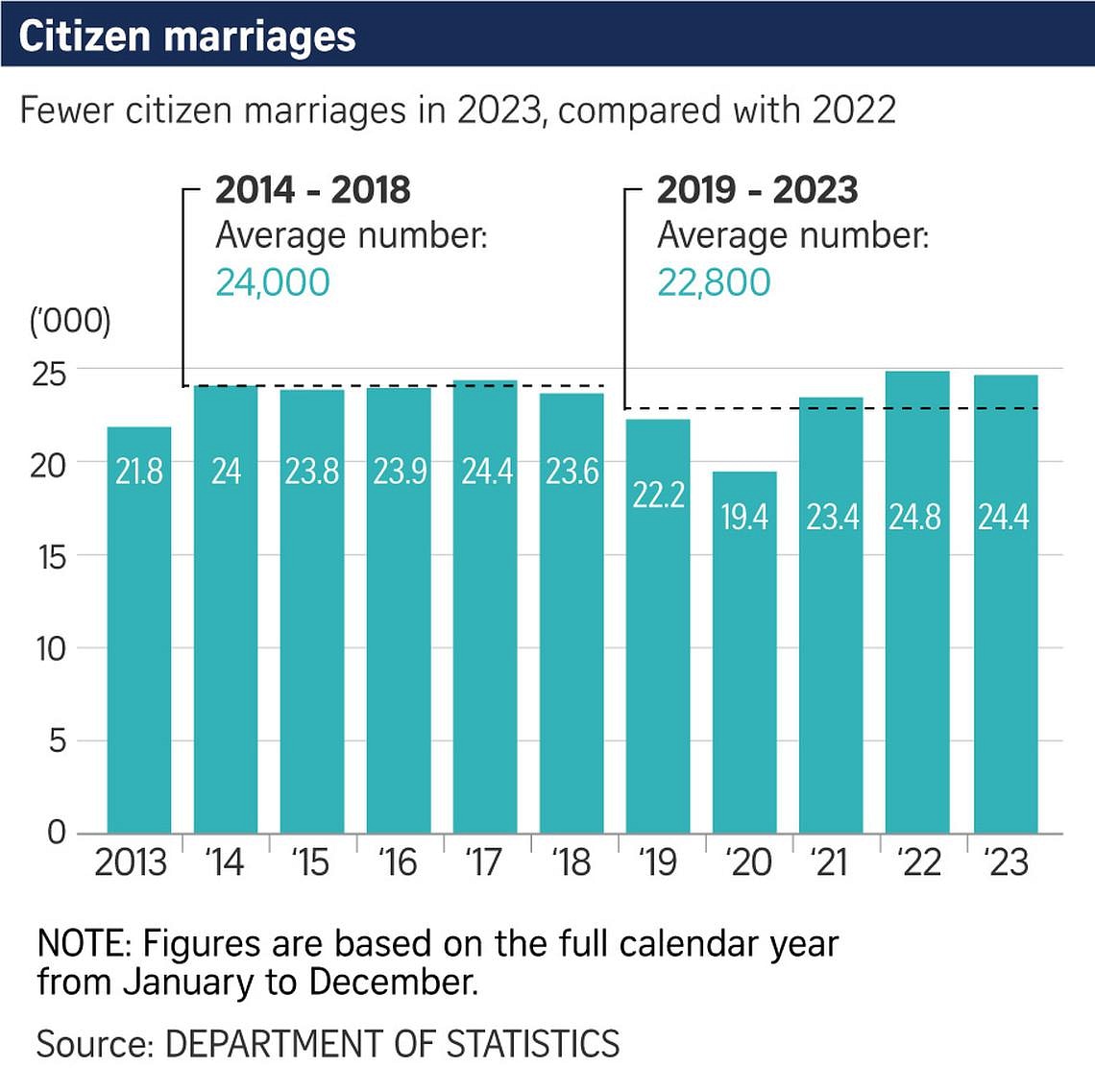
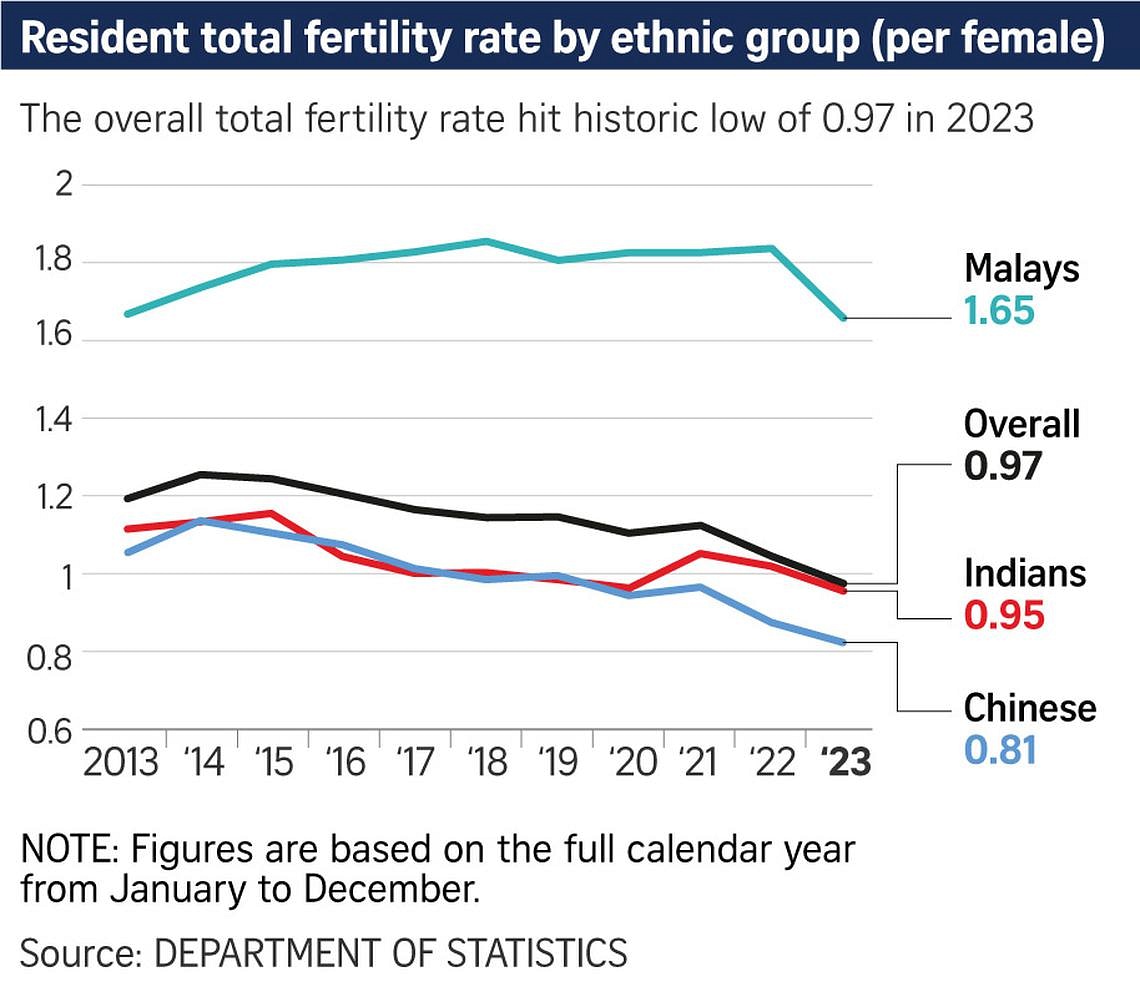
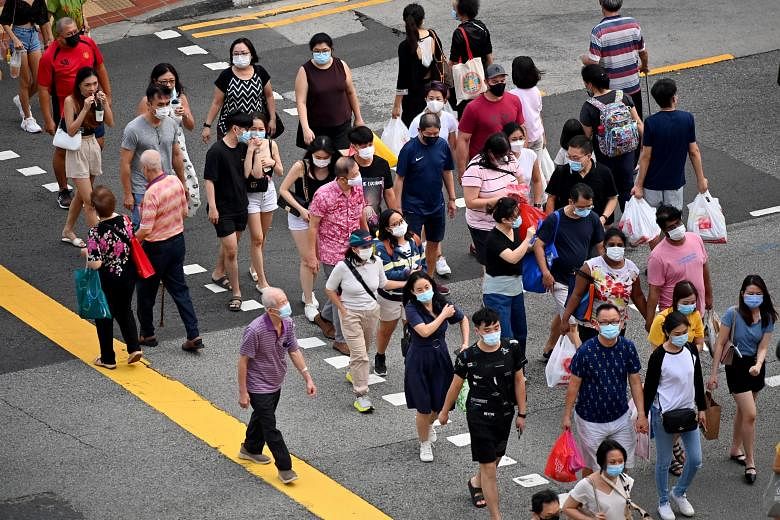

 You guys better wake up your idea and get the fuck out while you can. 10million population was always on their agenda and plan. You think LHL cry cry only will reverse their plan? You think get WP into GRC for one term is going scare the PAP? You guys screwed the WP, good luck and see who else is going to come and fight for the average people now.
You guys better wake up your idea and get the fuck out while you can. 10million population was always on their agenda and plan. You think LHL cry cry only will reverse their plan? You think get WP into GRC for one term is going scare the PAP? You guys screwed the WP, good luck and see who else is going to come and fight for the average people now.